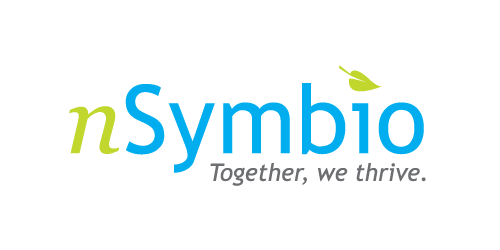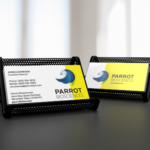Case Study: Quality Control Practices
PLEASE NOTE: At nSymbio, we’re proud of the work we do for our clients, and we want to share our successes with others. However, we understand the importance of client confidentiality and the need to protect our clients’ interests. That’s why our case studies do not include client names or any other identifying information. Instead, our case studies focus on the challenges our clients faced and the solutions we provided to help them achieve their goals. We believe that our case studies showcase our expertise and demonstrate the value we bring to our clients, while still respecting their privacy.
In today’s fast-paced business world, having a strong brand identity is essential for success. A brand guide is a crucial tool for ensuring consistency and accuracy in communicating your brand to the world. It establishes guidelines for everything from the design of your logo to the tone of your messaging. However, a brand guide is only effective if it is widely understood and adhered to by all members of your organization. Communication between internal and external teams is key to ensuring that your brand messaging is consistent across all channels and touchpoints. Without this communication, inconsistencies can arise, diluting your brand and damaging your reputation. This case study will explore the importance of a brand guide and the critical role that communication plays in maintaining a strong brand identity.
Problem:
A Bay Area company recently underwent a brand identity update, which involved a new logo, color palette, and overall visual identity. The company took the appropriate steps to communicate the new brand identity to both internal and external teams, ensuring that everyone was in the loop. They even made the updated brand guide available online, making it easy for designers and other team members to access and use the new brand elements. However, the company soon realized that not all design layouts were working with the current brand guide. They noticed issues with certain font sizes and design styles, which made it necessary to revise the brand guide. Unfortunately, this time the new guidelines were not communicated as clearly or effectively as the first time. While the company had done a great job communicating the initial brand update, they had failed to communicate the subsequent updates, leaving many team members unaware of the changes.
As a result, designers and other team members continued to use old design templates that were no longer aligned with the new brand guidelines. This meant that new and ongoing projects were still being created with the old brand identity, potentially causing confusion among customers and damaging the company’s reputation. In addition, the need to update everything with the correct brand identity was likely to cost the company both time and money.
Solution:
In this case, nSymbio couldn’t provide a solution to the problem since they were not aware of the revised brand guide. However, this experience highlights the importance of implementing regular quality checks throughout a project’s lifecycle. By conducting ongoing evaluations, nSymbio was able to identify discrepancies between the online brand guide and the document templates mid-project. By quickly adjusting their work to align with the updated brand guidelines, nSymbio was able to ensure that the project was completed on time and within budget. This proactive approach not only saved the Bay Area company time and money but also prevented any damage to their reputation that could have arisen from using outdated design templates.
Result:
nSymbio has also implemented a system of cross-checking document templates against brand guidelines at multiple points throughout the design process to prevent any discrepancies from occurring in the first place. Additionally, they have made a point to communicate with clients regularly throughout the project to ensure that any updates or revisions to brand guidelines are immediately incorporated into their work. This experience has reinforced the importance of flexibility and adaptability in the face of unexpected changes, as well as the value of ongoing communication and collaboration with clients. By incorporating these practices into their workflow, nSymbio is able to deliver consistent, high-quality work that meets the evolving needs of their clients while avoiding costly mistakes and delays.
#qualitycontrol #brandguidelines #graphicdesign #brandidentity #projectmanagement #workflow #projectevaluation #nSymbio




